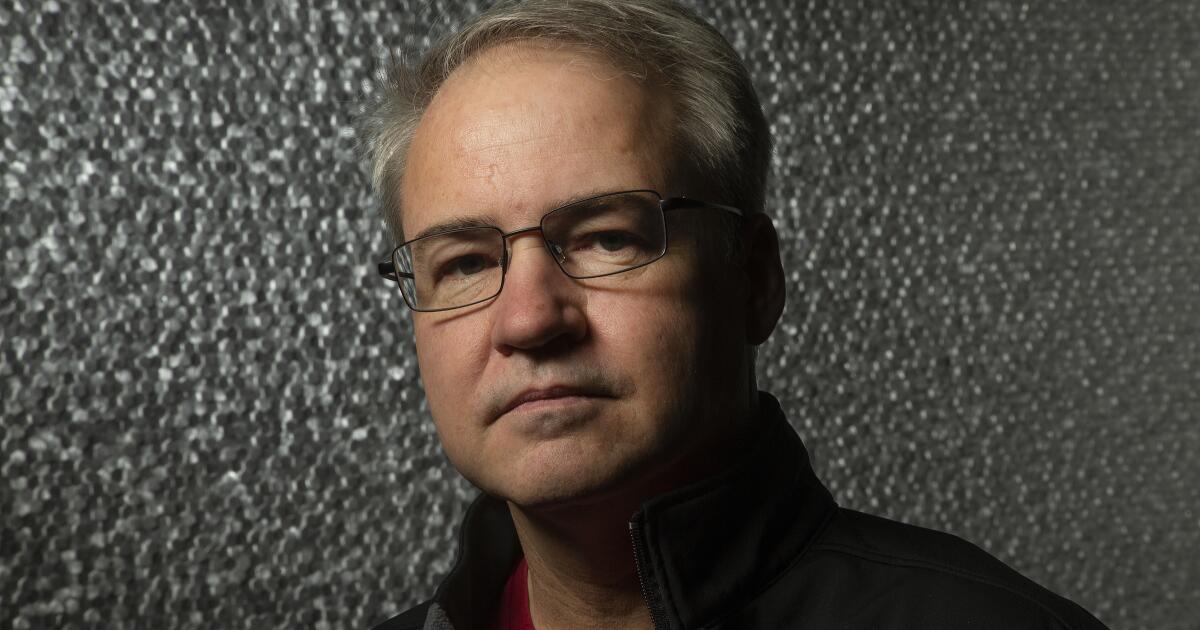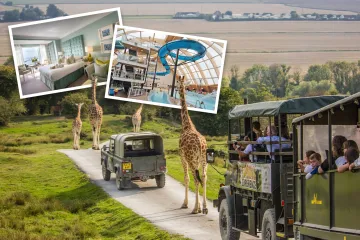‘Call of Duty’s’ Vince Zampella dies in crash of Ferrari on SoCal mountain road
Vince Zampella, the video game developer who helped launch the wildly lucrative and enduring “Call of Duty” franchise and “Apex Legends” studio Respawn Entertainment, has died.
A representative for Electronic Arts, which owns Respawn, confirmed Zampella’s death Monday in a statement shared with The Times. He was 55.
Zampella was one of two people who died Sunday afternoon in a car crash along Angeles Crest Highway, NBC 4 reported. The crash involved a red 2026 Ferrari 296 GTS, and the identities of the deceased are pending release by the county coroner, said California Highway Patrol spokesperson Sgt. Daniel Keene.
Zampella was a noted sports car collector, often sharing photos of his luxury vehicles and visits to car races on Instagram.
“This is an unimaginable loss, and our hearts are with Vince’s family, his loved ones, and all those touched by his work,” said the Electronic Arts representative in a statement. “Vince’s influence on the video game industry was profound and far-reaching.”
The CHP said in a Sunday news release that it received a call at 12:43 p.m. about a crash at Mile Post 62.70 of the scenic drive, which reopened in August after a years-long closure due to storm damage. Officers responded to the scene of the crash, and a preliminary investigation found that a car had been traveling southbound when, “for unknown reasons, the vehicle veered off the roadway, struck a concrete barrier, and became fully engulfed,” according to the release.
“The passenger was ejected from the vehicle, and the driver remained trapped,” the CHP statement said. “Both parties succumbed to their injuries.”
Video emerged online showing a red Ferrari shooting out of a tunnel along the highway at a high speed, slamming into a concrete barrier where the road curved and erupting into flames.
The 2026 Ferrari 296 GTS is a hybrid convertible powered by a twin-turbo 3.0-liter V6 and an electric motor, producing a combined 819 horsepower.
The scenic Angeles Crest Highway, which features 66 miles of mountainside twists and turns is a favorite among motorcycle riders and car enthusiasts but also has a track record of deadly and dangerous crashes.
The CHP said Sunday it was unclear whether drugs or alcohol were a factor in the crash.
Zampella was a formative figure in the modern gaming scene. Alongside Jason West and former creative partner Grant Collier, he co-founded the original “Call of Duty” studio, Infinity Ward, in 2002 and released the first installment of the first-person military shooting game in 2003. Activision acquired the studio that same year. Since its inception, “Call of Duty” has spawned dozens of sequels and spin-offs across various consoles and platforms, most recently “Call of Duty: Black Ops 7,” released in November.
He and West, after an acrimonious split with Activision, founded Respawn Entertainment in 2010. Though West departed Respawn in 2013 due to unspecified family issues, Zampella remained head of the studio, overseeing the creation of titles including “Titanfall,” “Apex Legends” and “Medal of Honor: Above and Beyond.” Additionally, Respawn expanded its lineup with the story-driven “Star Wars” titles “Star Wars Jedi: Fallen Order” and “Star Wars Jedi: Survivor,” starring Cameron Monaghan.
Zampella also led the L.A. branch of Swedish video game developer DICE, which was renamed in 2021 to Ripple Effect Studios, and was appointed to oversee its “Battlefield” franchise.
“A friend, colleague, leader and visionary creator, his work helped shape modern interactive entertainment and inspired millions of players and developers around the world,” Electronic Arts said in its statement. “His legacy will continue to shape how games are made and how players connect for generations to come.”
Zampella is survived by his three children, Quentin, 26; Kyle, 22; and Courtney, 19.














